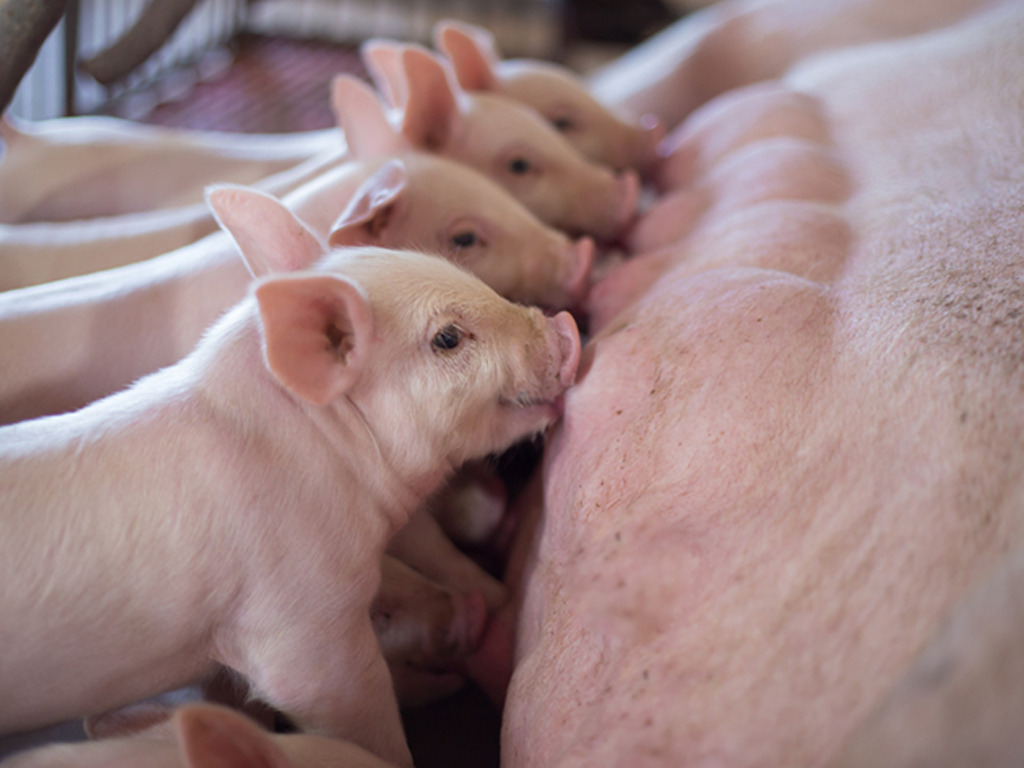Hagler Fellow to study connection between pig reproduction, cancer resistance

CHIRATH PHOTO/shutterstock.com
For the next three to five years, the Texas A&M School of Veterinary Medicine and Biomedical Sciences will partner with one of the top evolutionary biologists in the world who is researching whether swine reproduction holds the key to the next wave of cancer research.
Hagler Fellow Günter Wagner, the Alison Richard Professor Emeritus of Ecology and Evolutionary Biology at Yale University, is renowned for his work on the evolution of genes and gene regulatory networks. His current research focuses on comparative reproductive biology.
“Because of the way that some farm animals reproduce, cancer doesn’t spread as quickly through their bodies like it can in humans,” Wagner said. “We are hopeful that studying their reproductive biology will lead to new treatments for both people and animals.”
For Wagner, who will be collaborating with both Gregory Johnson, School of Veterinary Medicine and Biomedical Sciences, and Fuller Bazer, College of Agriculture and Life Sciences, the Hagler fellowship is an opportunity to study farm animals, like pigs, up close, since pigs are more accessible at Texas A&M than in other research universities.
“As we understand it now, the kind of placenta that humans have — where the baby is deeply invasive into the tissue of the mother — is considered a more primitive form of reproduction,” he said. “In contrast, many farm animals have a non-invasive placenta, which means that the fetus is inside the mother’s body, but its tissues and fluids are less deeply intertwined with hers.”
The ability to keep a fetus separate from the mother’s own tissue has surprising ramifications for cancer research.
“What I found in my lab and with the help of collaborators is that animals that have less-invasive placenta are also less vulnerable to cancer spread,” Wagner said. “They get cancer, but it stays local most of the time. Understanding how that is possible is potentially important for treating cancer in humans and other animals.”

